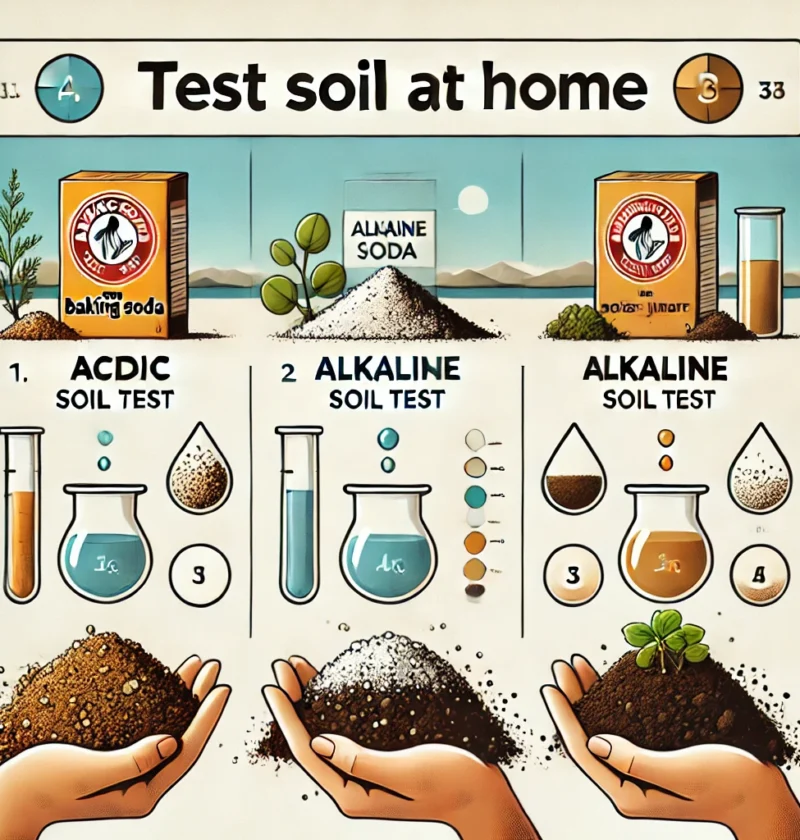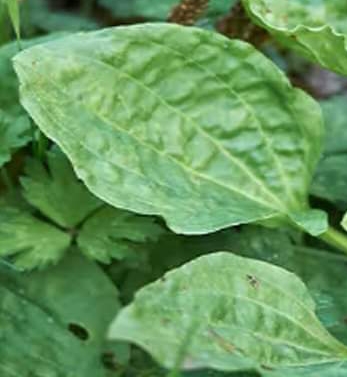Introduction: Why Knowing Your Soil pH Matters
Did you know that soil pH can determine the health and success of your plants? The pH level affects nutrient availability, which directly influences plant growth, yield, and overall health.
While laboratory tests provide accurate results, you can easily perform a homemade soil pH test using simple ingredients found in your kitchen! In this guide, you’ll learn:
✔ How to test soil pH at home using baking soda & vinegar
✔ How to interpret the results for better gardening
✔ The impact of acidic, alkaline, and neutral soil on plant health
✔ Ways to adjust soil pH for optimal plant growth
If you’re ready to improve your garden, let’s dive in! 🌿
—
Table of Contents
1. What is Soil pH and Why is It Important?
2. DIY Soil pH Testing: The Baking Soda & Vinegar Method
3. How to Interpret the Results
4. How Soil pH Affects Plant Growth
5. How to Adjust Soil pH Naturally
6. Best Plants for Acidic, Neutral, and Alkaline Soil
7. FAQs About Soil pH Testing & Correction
8. Final Thoughts: The Key to Thriving Plants
—
What is Soil pH and Why is It Important?
🔬 Understanding Soil pH
Soil pH is a measurement of how acidic or alkaline your soil is, ranging from 0 to 14:
✔ Acidic soil → pH below 7 (more hydrogen ions)
✔ Neutral soil → pH around 7
✔ Alkaline soil → pH above 7 (fewer hydrogen ions)
🌱 Why Soil pH Matters
✔ Determines nutrient availability (some plants struggle in acidic or alkaline soil)
✔ Affects microbial activity, impacting plant health
✔ Influences soil structure, drainage, and aeration
✔ Controls fertilizer efficiency – wrong pH can block nutrient absorption
📌 Ideal pH for most plants? Between 6.5 and 7.0!
—
DIY Soil pH Testing: The Baking Soda & Vinegar Method
🛠 What You’ll Need:
✅ 2 small containers
✅ Baking soda (sodium bicarbonate)
✅ White vinegar
✅ Water
✅ A few samples of garden soil
📝 Step-by-Step Instructions
1️⃣ Sample Collection
✔ Take small portions of soil from different areas of your garden.
✔ Mix them together to get a representative sample.
2️⃣ Divide the Sample
✔ Place equal portions of soil in two separate containers.
3️⃣ Baking Soda Test (for Acidity)
✔ Add 1 teaspoon of baking soda to the first container.
✔ Pour a little water and mix.
📌 If bubbles or fizzing appear, the soil is acidic (low pH).
4️⃣ Vinegar Test (for Alkalinity)
✔ Pour a small amount of vinegar into the second container.
📌 If bubbling occurs, the soil is alkaline (high pH).
5️⃣ No Reaction? Your soil is likely neutral (pH ~7).
🔎 Note: This test gives a general idea, but for precise results, use a soil pH testing kit.
—
How to Interpret the Results
📌 If the soil reacts with baking soda → It’s acidic (pH below 7).
📌 If the soil reacts with vinegar → It’s alkaline (pH above 7).
📌 If no reaction occurs → It’s neutral (pH around 7).
✅ Acidic Soil (pH 4-6.5) → Ideal for blueberries, azaleas, and potatoes.
✅ Neutral Soil (pH 6.5-7.5) → Perfect for most vegetables and flowers.
✅ Alkaline Soil (pH 7.5-8.5) → Suitable for lavender, lilacs, and asparagus.
📌 Solution? Adjust your soil pH for optimal plant health!
—
How Soil pH Affects Plant Growth
🌱 Acidic Soil (Low pH)
✔ Limits calcium and magnesium availability
✔ Encourages fungal growth
✔ Helps plants like blueberries & rhododendrons
🌿 Neutral Soil (pH 6.5-7.0)
✔ Ideal for most vegetables and fruit trees
✔ Ensures optimal nutrient absorption
✔ Supports healthy microbial activity
🍃 Alkaline Soil (High pH)
✔ Reduces iron & zinc absorption
✔ Affects the color of hydrangeas (turning them pink)
✔ Preferred by lavender, sage, and rosemary
—
How to Adjust Soil pH Naturally
✔ To Lower pH (Make Soil More Acidic)
✅ Add sulfur, pine needles, coffee grounds, or peat moss
✔ To Raise pH (Make Soil More Alkaline)
✅ Mix in lime, wood ash, or crushed eggshells
📌 Check pH every 4-6 weeks for adjustments!
—
Best Plants for Acidic, Neutral, and Alkaline Soil
🌱 Best for Acidic Soil:
✔ Blueberries
✔ Potatoes
✔ Rhododendrons
🌿 Best for Neutral Soil:
✔ Tomatoes
✔ Peppers
✔ Carrots
🍃 Best for Alkaline Soil:
✔ Lavender
✔ Asparagus
✔ Beets
📌 Match plants with your soil type for better growth!
—
FAQs About Soil pH Testing & Correction
Q: Can I use lemon juice to lower soil pH?
A: Yes, but it’s a temporary fix. Sulfur or peat moss works better.
Q: How often should I check my soil pH?
A: Every season or before planting new crops.
Q: Can I grow tomatoes in acidic soil?
A: Tomatoes prefer slightly acidic to neutral soil (pH 6.2-6.8).
—
Final Thoughts: The Key to Thriving Plants
Understanding soil pH is essential for successful gardening. By using this simple home test, you can:
✔ Identify your soil type
✔ Improve plant growth & nutrient absorption
✔ Make informed decisions for a healthier garden
📌 Test your soil today and watch your garden thrive! 🌿






